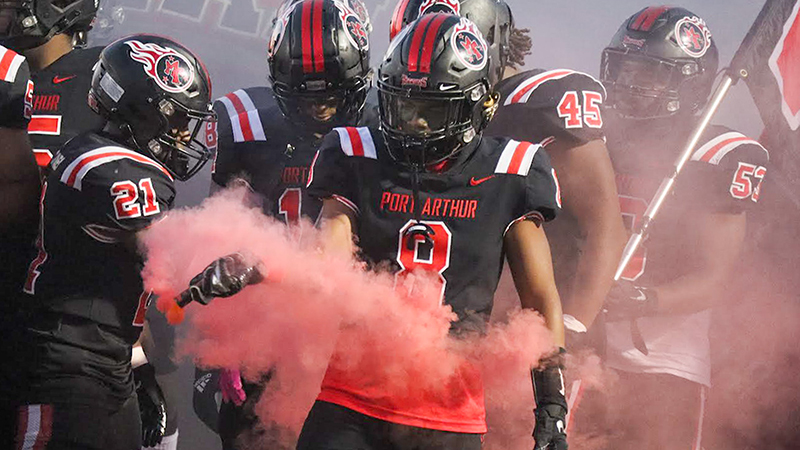Try these areas for fall catfish action
Published 9:18 pm Wednesday, September 27, 2006
Fall is an underrated time of year for catfish.
All of the good bass and saltwater fishing along with hunting seasons opening overshadows catfish action, which can be outstanding this time of year.
For those with a penchant for flatheads, the stretch between Bon Weir and Deweyville gives up some impressive catches of flatheads, locally called “opelousa” or “ops”.
“We catch a lot of really big ops on trotlines baited with live perch in the big bends in the river and some of the drop-offs in the main channel and the tributaries,” said Billy Work of Silsbee.
The area he fishes is filled with logjams, submerged giant cypress and other types of structure that flatheads love.
For rod and reel anglers targeting these big fish is a matter of fishing the eddies that form in the river with an emphasis on structure. If you happen to find an area of slack water in a river, bend near submerged timber or some other structure that is a good place to start. Live perch, goldfish or carp is the top bait choice.
The shallow backwater areas in the tributaries are good during the summer at night. Flatheads actively feed best after dark.
The same baits will get the job done for night fishing, but anglers might want to consider using a cork to keep the bait moving around and also to pop as to make more noise and attract the powerful predators.
Moving southward, the river becomes blue cat country, especially south of Interstate 10.
Legally, this is considered saltwater, so anglers must possess a saltwater fishing license. And if anglers use trotlines, they must buy a saltwater trotline tag for every 300 feet of line.
Do not let the saltwater thing fool you as blue cats have super tolerance for salty water. Studies conducted at the nearby Sabine National Wildlife Refuge show they are very resilient to salinity levels and can thrive in brackish water, which is the state this region is in most of the time.
Some of the top areas for big blues are around the Port of Orange between the Navy Base and the city docks. This is an area of deep water so anglers should be prepared to fish deep.
Cut mullet is the preferred bait and fished in 20 to 20 feet of water around the islands near the port and at some of the points along the river it can score on blues up to 30 pounds.
Trotlines prefer areas like Adams Bayou and nearby Cow Bayou where shallower water meets the deep and trotline hooks baited with mullet or cut grinnel (bowfin) produce blues sometimes up to 40 pounds.
Tidal flow is an important element of catfish feeding in this region and most locals believe that an outgoing tide is the best to fish during the summer.
In this area, the catfish action will only get better as the weather gets colder. With each successive cold front, the potential for catching nice cats will improve.
Fans of the channel cats should definitely give scenic Lake O’ the Pines a try.
This old reservoir by Texas standards is known for producing lots of channel cats for anglers who bait holes and some of those cats grow to impressive sizes. In 2002, angler Wesley Denton caught a 30.25-pound channel cat on a trotline there. That is huge by channel standards and shows the potential this body of water has to offer.
During summer, anglers should chum around boat docks, brush piles and shallow flats leading into deeper water. Soured milo or cottonseed cakes are the best choices.
Fish these spots with slip float rigs baited with cheese, blood bait or nightcrawlers. Channels move around a lot when they feed, so setting out several lines in all areas of the baited spot will help you catch more fish.
A popular way to fish around the boat docks is here is with a marshmallow rigged under a simple bobber.
Over the years, anglers have been fishing marshmallows and it seems the channels there have been accustomed to it and have quite the sweet tooth.





